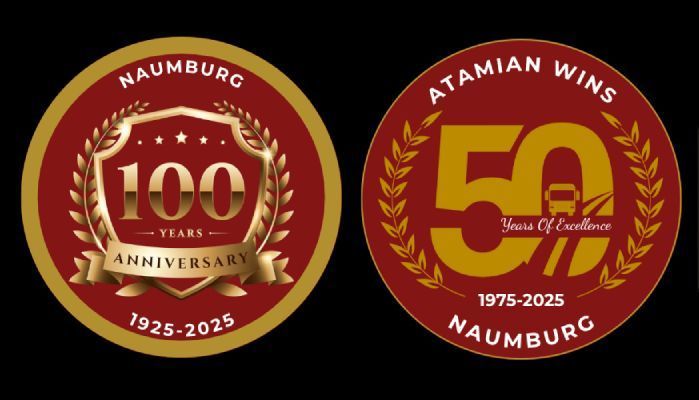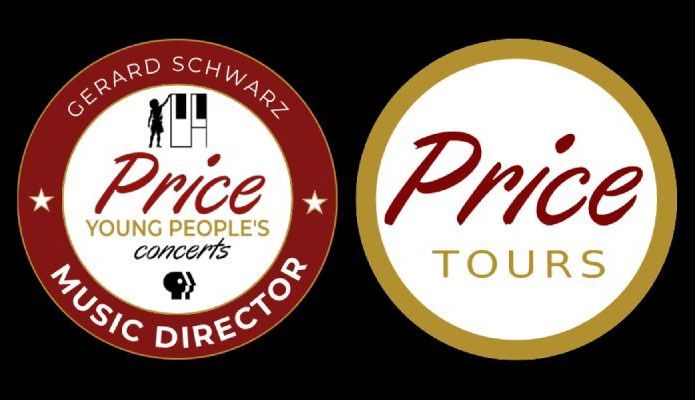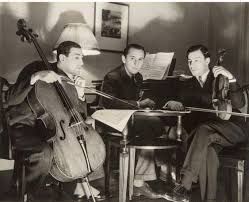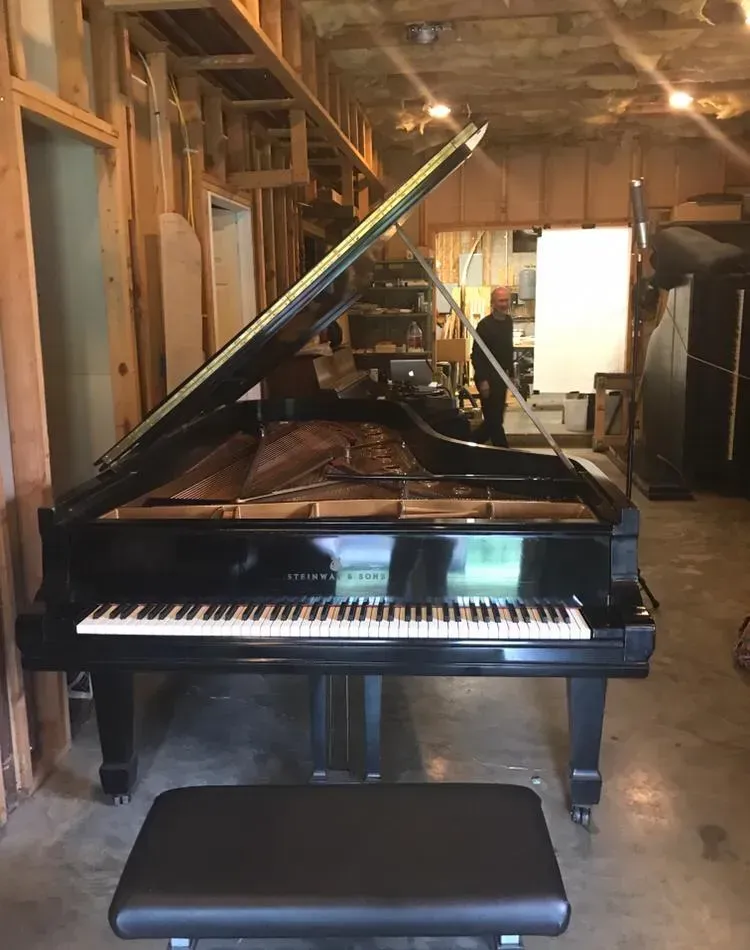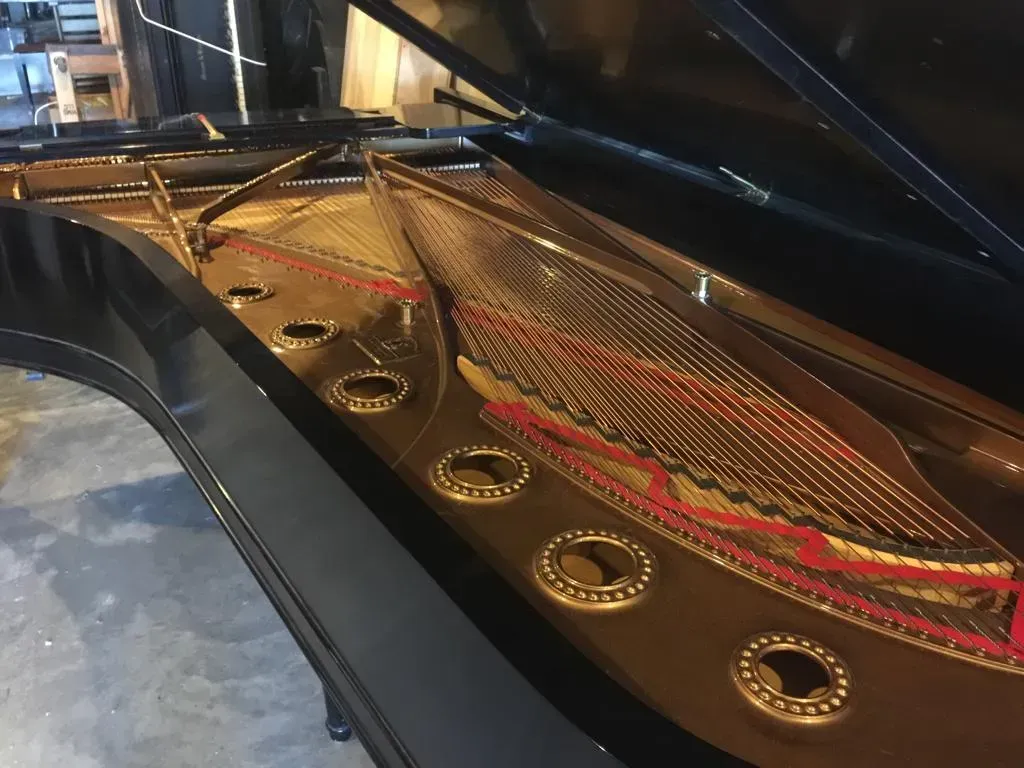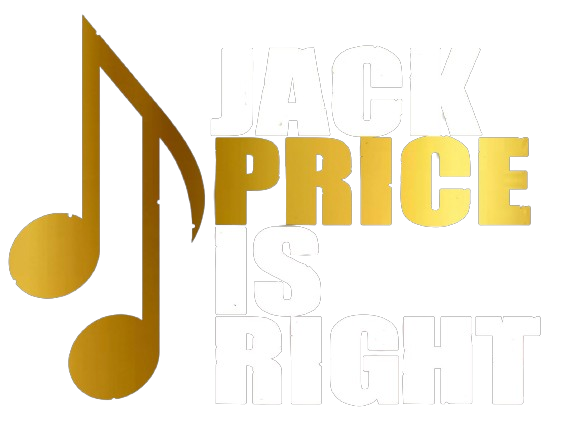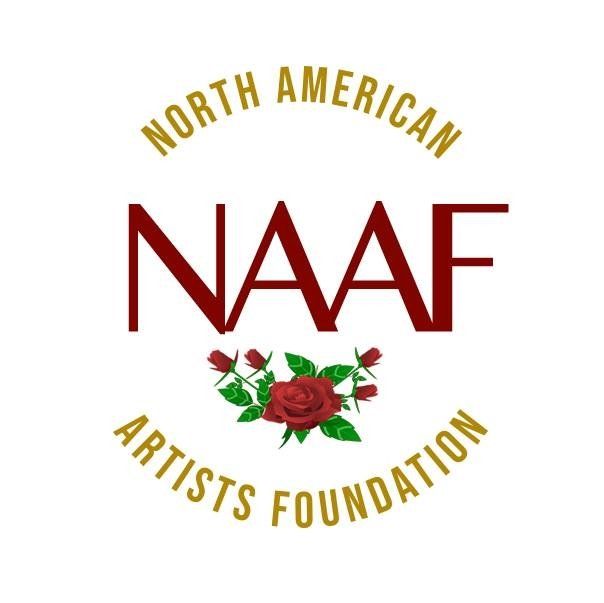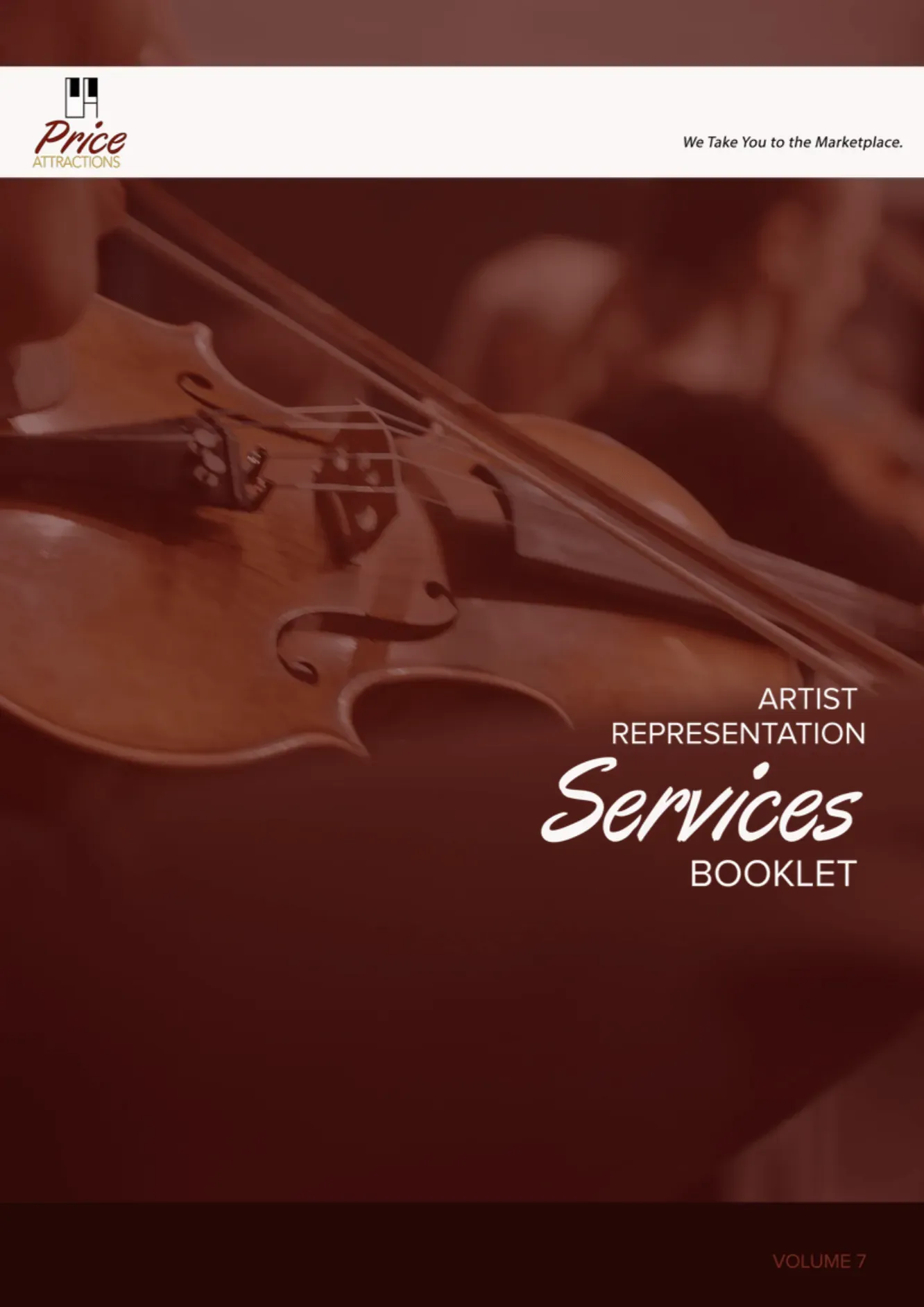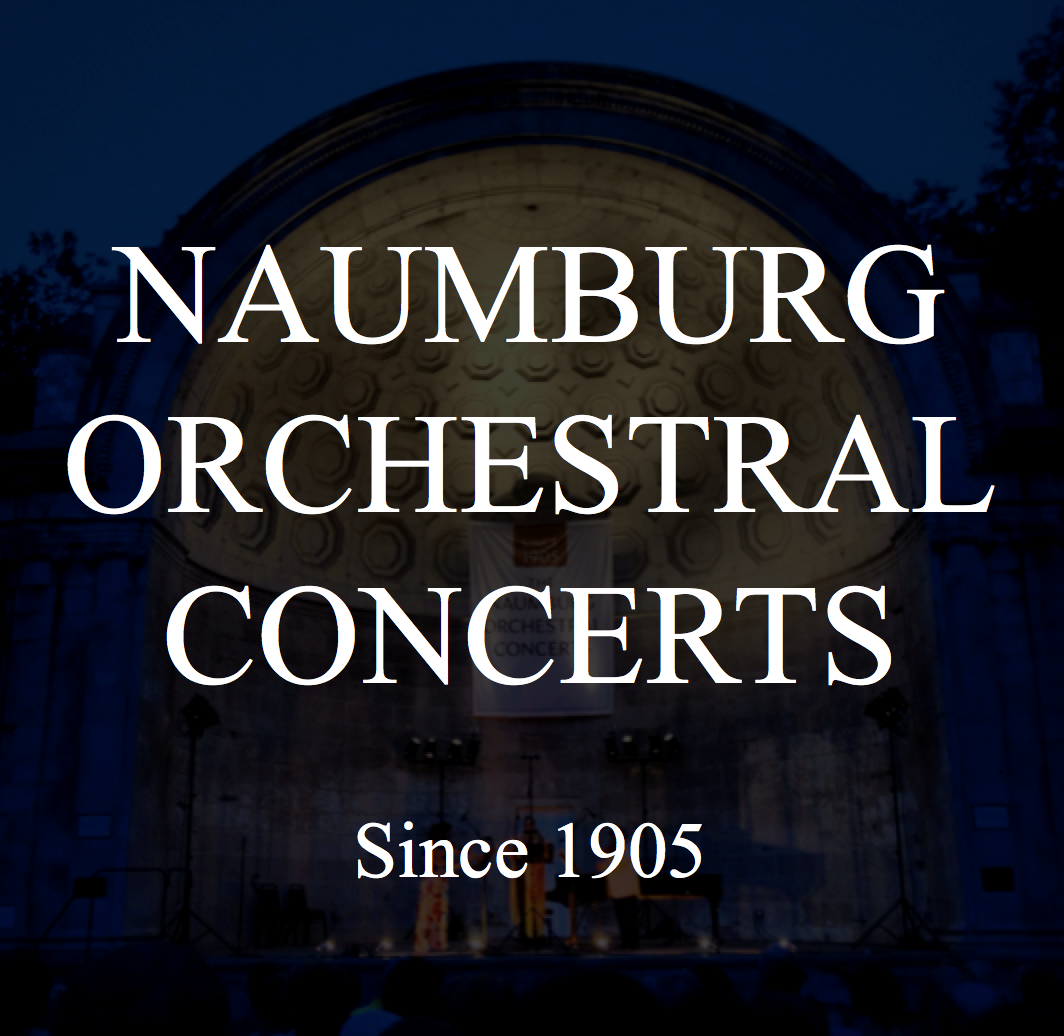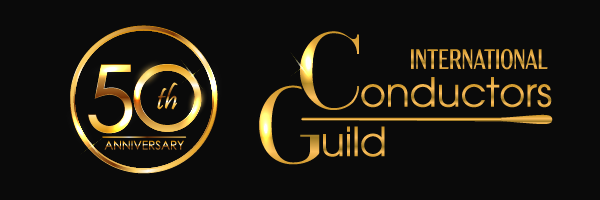From Piatigorsky to Grand Obsession
In the early 1950s, Gregor Piatigorsky—then at the height of his American career—owned a 1902 Steinway Model D concert grand, serial number 106634. Built in Steinway’s New York factory, the nine-foot instrument had already served decades of recitals by the time it came into the cellist’s hands. Its Sitka spruce soundboard and Renner-style action gave it the power to balance Piatigorsky’s rich tone in sonatas by Brahms, Beethoven, and Prokofiev, works he often performed with his regular U.S. accompanist, Norma Townstend. This same Steinway had likely echoed under the hands of legends like Artur Rubinstein, Vladimir Horowitz, and Jascha Heifetz in the famed “Million Dollar Trio,” or during intimate sessions with Nathan Milstein and Ralph Berkowitz—partnerships that demanded an instrument of unmatched projection and nuance.
Townstend, a gifted pianist trained under the renowned French pianist Philippe Entremont, had married composer and conductor Mr. Raspberry. The couple frequently rehearsed and toured with Piatigorsky, and the Steinway became a fixture in their collaborations.
By the late 1960s, Piatigorsky retired the piano from active use. He cherished its resonance through his final years, and upon his death from lung cancer in 1976, he bequeathed it to Norma Townstend as a token of their deep musical bond—a quiet gesture of gratitude for the countless evenings she had coaxed its keys to life alongside his cello.
Townstend held onto the instrument for years, its ebony case a silent witness to their shared artistry. It passed quietly into private hands until 2019, when Dickran Atamian—founder of Price Attractions, a prominent concert management firm—received it from Wienert, Steinway’s master technician in Los Angeles. Wienert had known the instrument since the 1950s; he rebuilt it twice, replacing the hammers, regulating the action, and re-voicing the bass to restore its original resonance.
Wienert, recognizing its history, kept the piano in his home studio. In honor of Norma Townstend and her husband, he dubbed it the “Raspberry Steinway.” Though Piatigorsky’s echo had faded, the name stuck—a quiet tribute to the cellist’s trusted companion and the pianist who had brought the instrument to life night after night.
Today the Raspberry Steinway stands restored, its 106634 plate gleaming under soft light, still carrying the echo of a cello’s voice and the memory of three friends making music together—a grand obsession that time could never silence.



